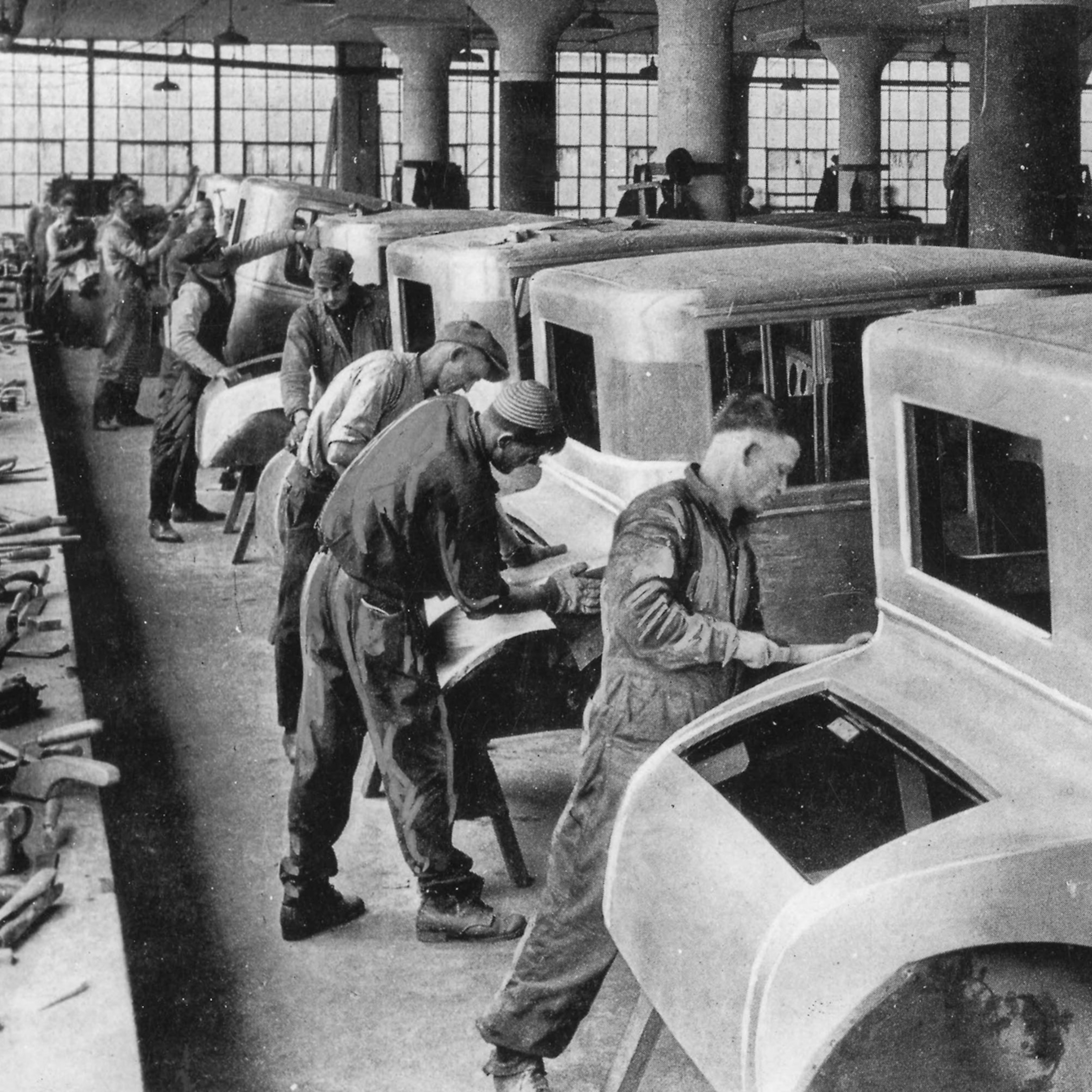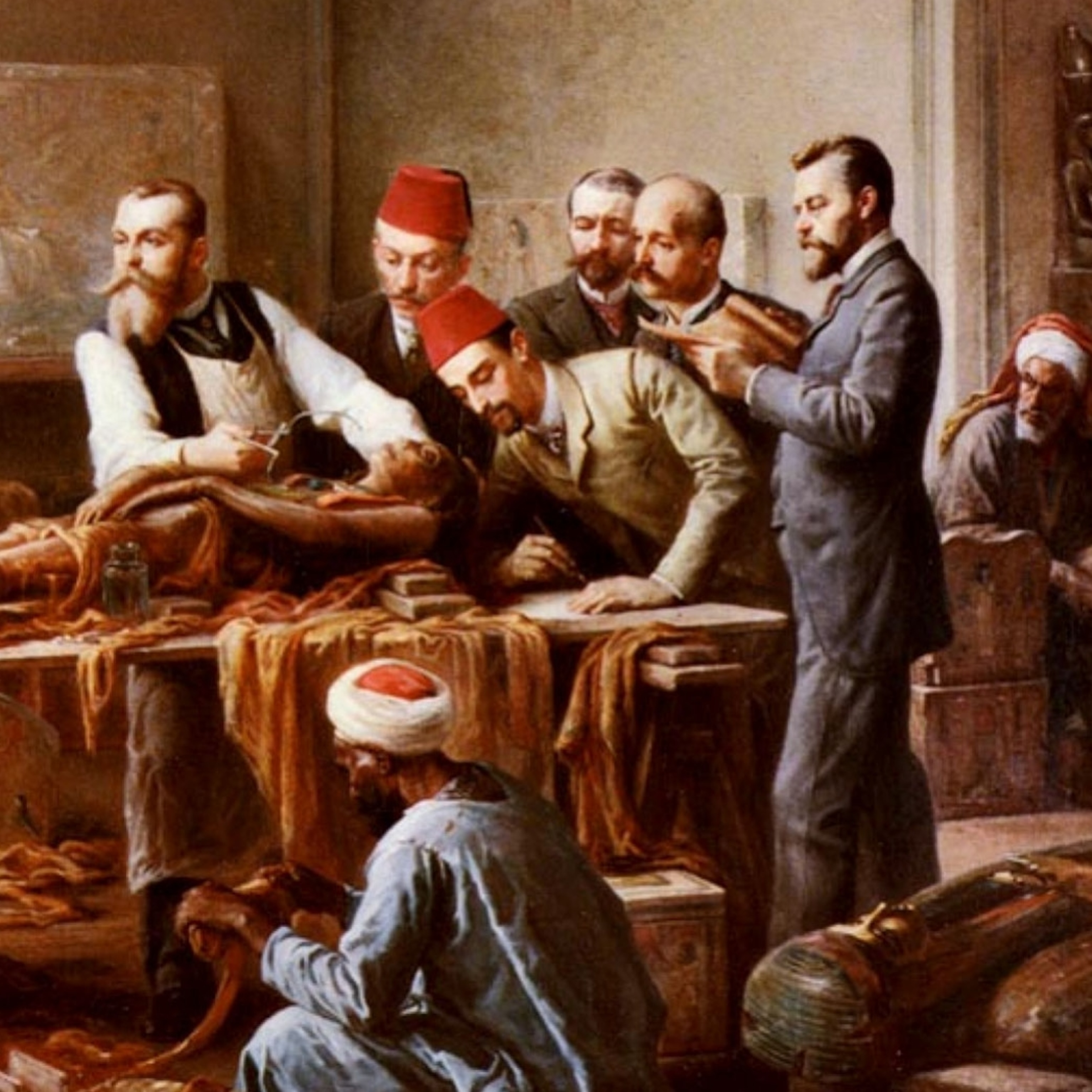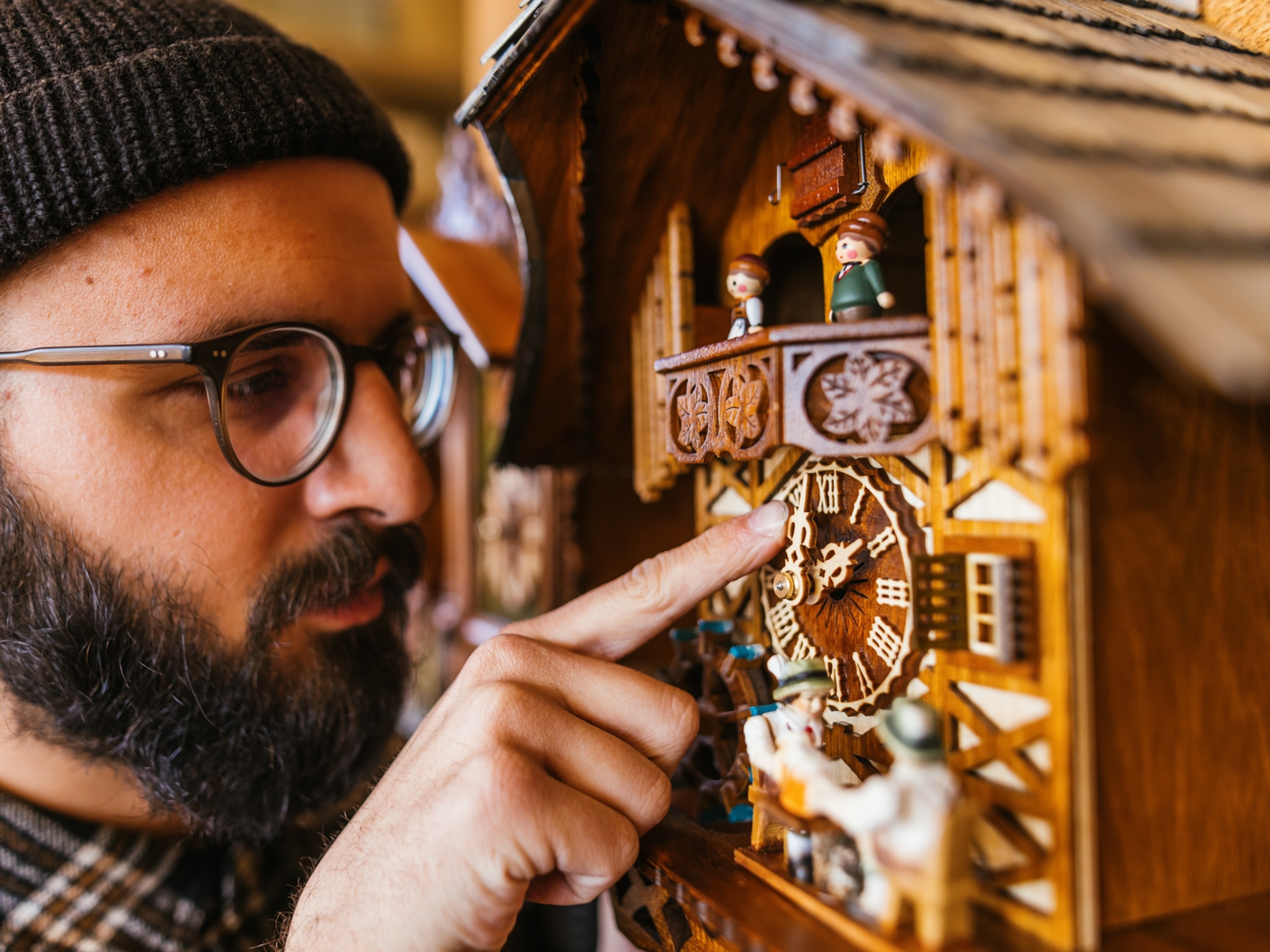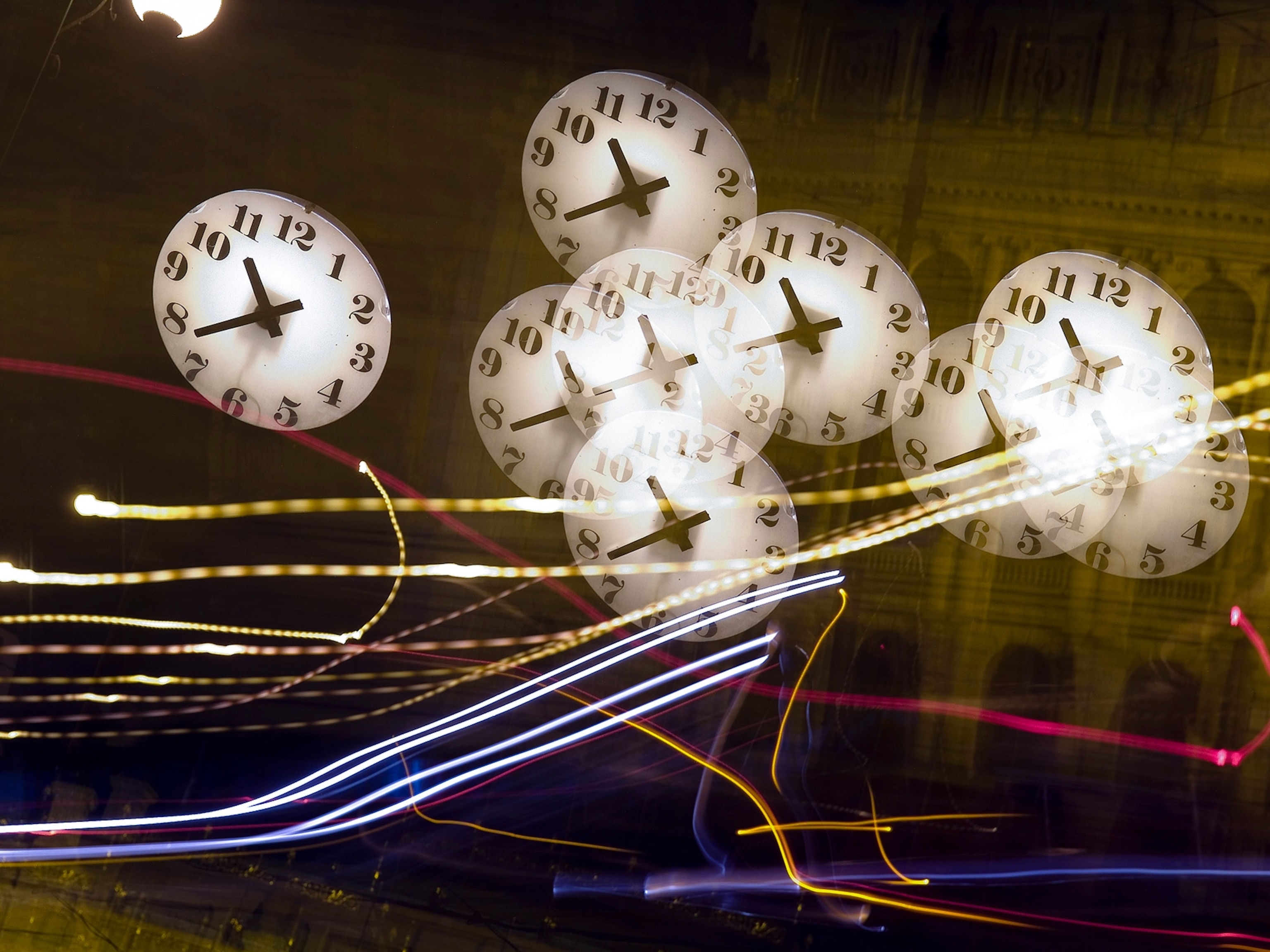
Before the Mayflower: ‘America’s Birthplace’
“Is it real or is it fake?” is a frequent query of travelers exploring historic sites around the world. Of course, “real” is far more intriguing than a reproduction–being able to stare at ruins and picture the vitality they once played host to. I felt this way at Angkor Wat, in Jordan, at Machu Picchu, and, surprisingly, at Historic Jamestowne, walking the same ground as Captain John Smith and Pocahontas.
Part of the reason the site is so astounding is that the grounds of the fort, where the first English settlers landed in 1607 to form what became America’s first permanent English settlement, were thought to have washed away in the James River. For hundreds of years, Jamestown Island was sleepy farmland–except, ironically, for brief periods during the American Revolution and Civil War when it was utilized for military purposes.
But in 1994, Dr. William Kelso and his team at the Jamestown Rediscovery Project realized that it had not completely disappeared, mostly thanks to a protective sea wall added in 1901. At this point in their research, the team–which uses a mix of historical record, archaeology, and science to piece together the story–has determined that only about 13 percent of the original fort has been lost to time.

Usually archaeologists are far removed from the public eye, working in roped-off areas in remote places. But here, anyone can get close to the fort’s remains–and to the team that’s responsible for making some of the great discoveries of our time.
You can go beyond the ropes and into the foundations of the fort with Dr. Kelso himself on an “In The Trenches” tour, offered twice a month at $40 a pop. But don’t count out the daily tours included in the price of admission, with archaeologists like Mary Anna Richardson and Dave Givens revealing the behind-the-scenes scoop about the latest learnings.
“Things in your past can define you, but people don’t generally wear them on their sleeve,” Givens told me. “We try to tell a story through artifacts, and we’re in a very unique position compared to other sites. Archaeology allows you to go back and step into people’s lives as opposed to just reading a document.”
The Archaearium at Historic Jamestowne is all about reality, warts and all. Some of the museum’s exhibits feature relics that shed light on the darkest moments of the settlement’s early days–including the skeletal remains of “Jane,” which many believe proved that the colonists resorted to cannibalism in the winter of 1609. After viewing the skull, which had been found, discarded carelessly in a cellar, in 2013, I was told it was “clear from the beginning that she was processed to be eaten.”
The bones may be a grisly reminder of a heartbreaking time in early American history, but what we’ve learned from studying them represents a moving example of how modern technology and archaeology can come together to reveal secrets from the past. Through cutting-edge scientific testing, they were able to determine which region of England she came from, that she had wheat in her diet, and what she probably looked like. She’s young, despondent, and beautiful.
A five-minute drive away from the authentic fort is the Jamestown Settlement, where you’ll find a reconstructed version of the fort and colonial life, along with scale models of the English ships that brought the colonists across the Atlantic (which are especially great if you have younger kids). Both sites are worth visiting, but Historic Jamestowne is exhilarating brain food, especially if you join one of the tours.
After the statehouse at Jamestowne burned for the second time (you can see the foundation ruins through glass in the Archaearium) during Bacon’s Rebellion in the late 1600s, the Virginia Colony moved its capital moved to Williamsburg, then called Middle Plantation. Jamestown was eventually abandoned and the site where it once stood reverted to unsuspecting farmland.
In stark contrast to the grim realities on display at Historic Jamestowne, Colonial Williamsburg pays peaceful homage to 18th-century hustle and bustle. It’s clear that painstaking attention has been paid to detail in the homes and businesses in Merchant’s Square; the goods being sold there are even based on real estate records and diaries in an effort to stay as true to history as possible.
With 88 original structures, and yes, people dressed in period garb, the colonial district is both enchanting and enlightening. One couple I met said they visit in order to unwind. “The word that kept crossing our mind was relaxing,” they said. “It’s just such a relaxing place to be.”
While the right tour guide can make history come alive, you’ll find the most relaxing way to go back in time at The Spa at Colonial Williamsburg. Here is where I didn’t want the history part of what they termed a “historical spa treatment” taken too literally, attached, as I am, to running water and modern medicine. This spa delivers with beautiful facilities and a slate of offerings that incorporate healing techniques from the 17th to the 21st centuries. I figured “When in Rome,” and opted for an 18th-century treatment featuring orange and ginger, elements used to relax tense muscles and and increase blood flow at the time (hey, they were ahead of their time).
During the self-indulgent hours I spent at the spa, I started thinking about just how much we take for granted in modern times. I also felt a sense of gratitude to the scientists and academics working to uncover the real Jamestowne, a physical reminder of a lost time, and made it into the accessible and very alive place it is today.
Annie Fitzsimmons is on the beat in Colonial America. Follow her adventures on the Urban Insider blog, on Twitter @anniefitz, and on Instagram @anniefitzsimmons.
> More from Annie on Williamsburg:
You May Also Like
Go Further
Animals
- Soy, skim … spider. Are any of these technically milk?Soy, skim … spider. Are any of these technically milk?
- This pristine piece of the Amazon shows nature’s resilienceThis pristine piece of the Amazon shows nature’s resilience
- Octopuses have a lot of secrets. Can you guess 8 of them?
- Animals
- Feature
Octopuses have a lot of secrets. Can you guess 8 of them? - This biologist and her rescue dog help protect bears in the AndesThis biologist and her rescue dog help protect bears in the Andes
Environment
- This pristine piece of the Amazon shows nature’s resilienceThis pristine piece of the Amazon shows nature’s resilience
- Listen to 30 years of climate change transformed into haunting musicListen to 30 years of climate change transformed into haunting music
- This ancient society tried to stop El Niño—with child sacrificeThis ancient society tried to stop El Niño—with child sacrifice
- U.S. plans to clean its drinking water. What does that mean?U.S. plans to clean its drinking water. What does that mean?
- Food systems: supporting the triangle of food security, Video Story
- Paid Content
Food systems: supporting the triangle of food security
History & Culture
- Heard of Zoroastrianism? The religion still has fervent followersHeard of Zoroastrianism? The religion still has fervent followers
- Strange clues in a Maya temple reveal a fiery political dramaStrange clues in a Maya temple reveal a fiery political drama
- How technology is revealing secrets in these ancient scrollsHow technology is revealing secrets in these ancient scrolls
- Pilgrimages aren’t just spiritual anymore. They’re a workout.Pilgrimages aren’t just spiritual anymore. They’re a workout.
- This ancient society tried to stop El Niño—with child sacrificeThis ancient society tried to stop El Niño—with child sacrifice
Science
- Soy, skim … spider. Are any of these technically milk?Soy, skim … spider. Are any of these technically milk?
- Can aspirin help protect against colorectal cancers?Can aspirin help protect against colorectal cancers?
- The unexpected health benefits of Ozempic and MounjaroThe unexpected health benefits of Ozempic and Mounjaro
- Do you have an inner monologue? Here’s what it reveals about you.Do you have an inner monologue? Here’s what it reveals about you.
- Jupiter’s volcanic moon Io has been erupting for billions of yearsJupiter’s volcanic moon Io has been erupting for billions of years
Travel
- This chef is taking Indian cuisine in a bold new directionThis chef is taking Indian cuisine in a bold new direction
- On the path of Latin America's greatest wildlife migrationOn the path of Latin America's greatest wildlife migration
- Everything you need to know about Everglades National ParkEverything you need to know about Everglades National Park
- Spend a night at the museum at these 7 spots around the worldSpend a night at the museum at these 7 spots around the world






